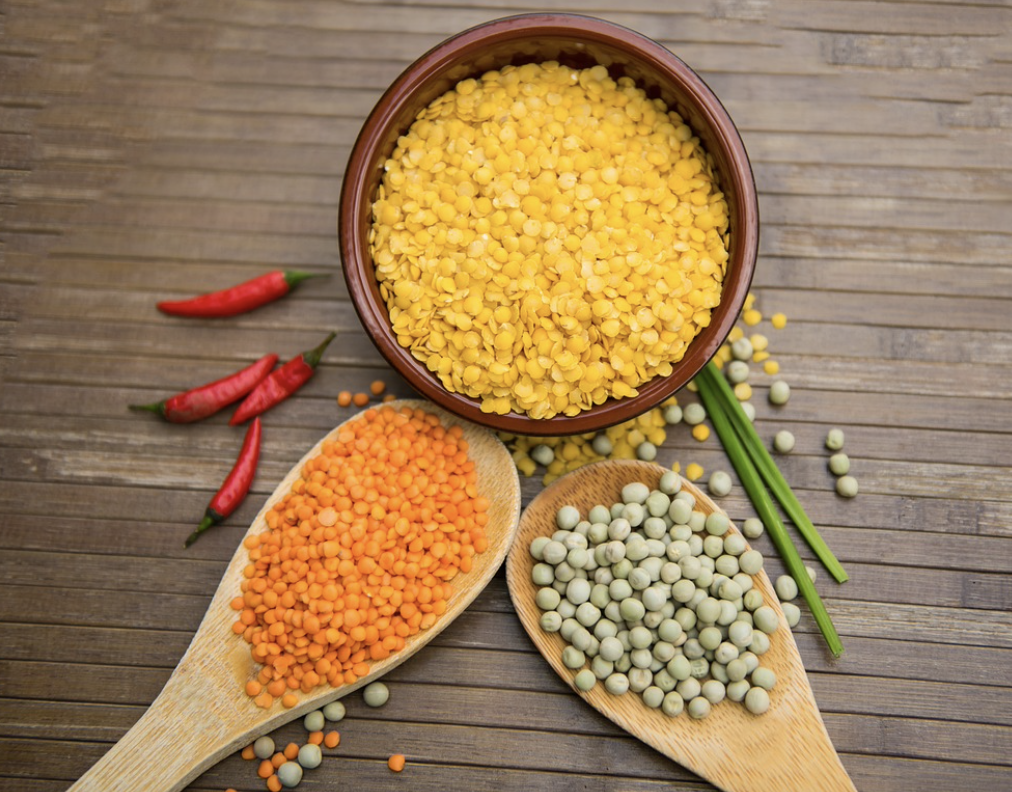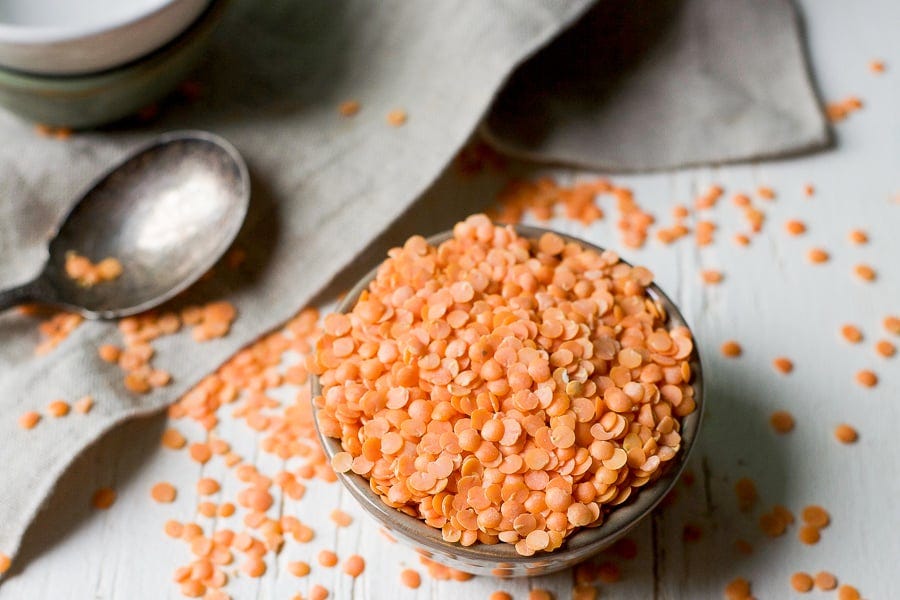Search Posts
Recent Posts
- To Do in RI: 2-day Newport Flower Show – Authors on floral design to speak June 21, 2025
- In the News… quick recap of the week’s news 6.21.25 June 21, 2025
- Providence Art Club Prestigious National Open Juried Exhibition Begins June 21, 2025
- Burn with Kearns: “30-day Shreds” Fail the 50+ Market. What To Do. – Kevin Kearns June 21, 2025
- Rhode Island Weekend Weather for June 21/22, 2025 – Jack Donnelly June 21, 2025
Categories
Subscribe!
Thanks for subscribing! Please check your email for further instructions.

Ask Chef Walter: Humble lentils, powerful health – Chef Walter Potenza
by Chef Walter Potenza, contributing writer
Humble lentils, powerful health.
Friends: ACW reader Nicole F. from Corydon, Indiana, inquired about red and yellow lentils. Here we go, Nicole. I am including a good recipe to try. Hopefully, it will help!
Lentils are a staple in our pantries. They are versatile, nutritional, and can offer a base for many recipes. Among the most common are red and yellow lentils. While they may seem quite similar from the start, they have different qualities, literally talking. Everything is different regarding red and yellow lentils, from their nutritional profiles to how they are prepared.
Let’s go back to nutrition first.
Red lentils are like a power bank for plant-based protein, tucking around 18 grams in a single cooked cup. They are likewise quite fiber-dense, housing about 15 grams in that same serving, hence very good for satiety and digestion. Among those benefits, red lentils are rich in folate, a nutrient beneficial for the brain and heart. They are pretty well-endowed with potassium and iron for energy and muscle health. And, of course, red lentils don’t skip out on the antioxidants either. The compounds in them possess properties that help get rid of inflammation.
Yellow lentils are nutritionally quite similar yet provide a somewhat different mix. They, too, are high in protein and fiber; often, the fiber content is higher, making them even better for good digestion. Their wealth of B vitamins- niacin and thiamine- sets yellow lentils apart, which are significant in energy metabolism and nerve health. They are rich in minerals: magnesium and phosphorus are for strong bones and overall well-being.
The cooking part.
Red Lentils: What a cook would want on hand when delivering a supper in record time. Because they are virtually all split and hulled, this dramatically cuts down on cooking time to about 10-15 minutes. During this period, they turn very soft and mushy and are thus well suited for smooth, comforting foods like soups, stews, or an Indian-style dal. Mild and slightly sweet, they should go very well with a good number of different warm spices-turmeric, cumin, coriander-and quickly turn into one of the staples of any busy weekday dinner.
Yellow lentils take a bit longer to cook, requiring 20-30 minutes. They hold their shape better than red lentils and, as such, are best used in recipes where texture is key—for instance, in making a thick curry, a fresh lentil salad, or Ethiopian-type stews.
Their taste is more pungent, earthy, and nutty, adding more depth to recipes.
Meet Bianca Zapatka for some great recipes.
Either type of lentil is elementary to prepare. A fast rinse under cold running water is sufficient to remove any dust or impurities. When cooking, three parts of water should be used for one part of the lentils, and don’t forget to add aromatics or spices to the pot, like garlic, ginger, or bay leaves. One pro tip? Save any acidic ingredients, like tomatoes or lemon juice, until the lentils are cooked. Add too early, and it might slow them down.
More on lentils from Brynn from the Domestic Dietician
Red Lentil & Roasted Garlic Spread
This creamy red lentil spread is packed with flavor, making it perfect for slathering on crusty bread or using as a dip. The roasted garlic adds depth, while lemon and olive oil keep it bright and smooth.
Ingredients:
1 cup red lentils, rinsed
3 cups water
1 head garlic
2 tbsp extra virgin olive oil (plus more for drizzling)
1 tsp ground cumin
½ tsp smoked paprika
Juice of 1 lemon
Salt & pepper to taste
2 tbsp tahini (optional for extra creaminess)
Fresh parsley, chopped (for garnish)
Instructions:
Roast the Garlic: Preheat the oven to 400°F (200°C). Slice the top of a head of garlic, drizzle with olive oil, wrap in foil, and roast for 30–40 minutes until soft. Let it cool, then squeeze out the cloves.
Cook the Lentils: Bring the red lentils and water to a boil in a saucepan. Reduce heat and simmer for 10–15 minutes until soft and mushy. Drain any excess water.
Blend the Spread: In a food processor, combine the cooked lentils, roasted garlic, olive oil, cumin, smoked paprika, lemon juice, salt, and pepper. Add tahini if using. Blend until smooth.
Adjust & Serve: Taste and adjust seasoning as needed. If the spread is too thick, add a little water or more olive oil to reach the desired consistency.
Garnish & Enjoy: Transfer to a bowl, drizzle with olive oil, and sprinkle with fresh parsley. Serve with warm bread or as a dip with vegetables.
This spread keeps well in the fridge for up to 4 days.
In conclusion, dear readers, it all depends on your recipe. Red is for a comforting, smooth soup that thickens while cooking, but if you want something a bit more textured, with nutty flavors coming through, you want yellow lentils. In other words, red and yellow lentils are superfoods and culinary chameleons that will fit wherever you need them. From spicy curries to comfortable soups, from warm, comforting bowls to fresh, no-cook salads, these humble lentils will uniquely add flavor and health to each dish.


